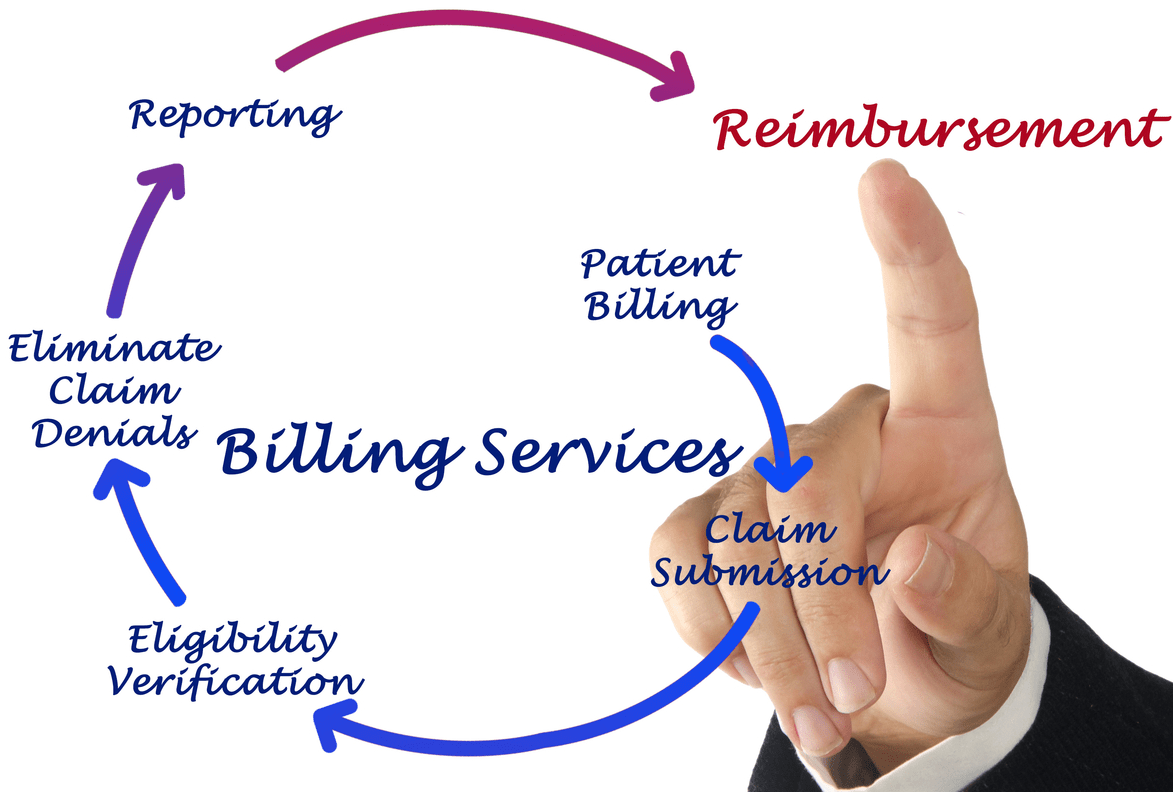Content Attributes
The Internet of Things (IoT) has become popular nowadays due to the rapid development of technology and the increase in the number of modern gadgets; it connects various devices, equipment, and everyday items through the global Internet. Such devices exchange information both with each other and with humans to provide more convenient and efficient operation. They significantly increase the comfort of our daily lives.
IoT is useful in various fields (smart homes, healthcare, transportation, manufacturing, agriculture, energy, etc.). Our article describes IoT smart lighting systems. Read the material carefully and find out the benefits of a smart lighting system using IoT, as well as its key use cases.
What Is Smart Lighting and How Is IoT Integrated into Smart Lighting Systems
Smart lighting is a system for controlling light using special devices (smartphones, control panels, and so on). You can change the light brightness, color, and position in minutes, thereby creating different moods and environments. This unique technology enhances the comfort of living/working spaces by adjusting lighting according to the user’s needs.
Smart lighting can be easily integrated with other smart home systems to develop unified indoor spaces and control all aspects of home automation. Please see the paragraphs below for details.
Key Features of IoT-Based Smart Lighting Systems
IoT integration involves connecting LED lamps, motion sensors, and other devices to the Internet; they collect data on parameters such as energy consumption, brightness, occupancy, etc. High-tech cloud platforms and mobile applications enable efficient data analysis around the clock.
Users adjust settings to change the brightness or color temperature of lighting based on the time of day, day of the week, or people’s activity. For example, increase light brightness during the day and decrease it at night, turn on the lights when detecting movement in the room, etc.
IoT integration allows users to remotely control a smart lighting system via a mobile app or cloud platform. You can turn lights on or off, configure brightness, and set lighting schedules from anywhere in the world with an Internet connection. Thanks to a thorough analysis of energy consumption data, IoT innovative lighting systems optimize energy use and reduce lighting costs.
So, the Internet of Things enables more efficient and convenient lighting control. In addition, it makes it possible to collect and analyze data and, as a result, optimize energy consumption, which is especially important in today’s global environment.
Benefits of Using IoT in Smart Lighting Systems with Examples
IoT-based smart lighting systems have many benefits. One of the most important is that users control lighting via a network. Let’s consider a more complete list:
- Energy efficiency: IoT lighting systems adjust brightness and turn lights on/off depending on the number of people or daylight. This helps reduce energy consumption.
- Smart lighting: IoT platforms have a user-friendly interface. So, you can easily control the lighting based on certain parameters such as time, motion sensors, ambient temperature, etc.
- Remote control: Using apps on smartphones or computers, users can manage lighting from any location. Feel free to turn your home lighting on and off and adjust its brightness and color palette without leaving your office.
- Integration with other devices: IoT lighting systems can be integrated with other IoT devices, such as security systems, energy management, and smart home systems. For example, you can set the lights to turn on when the security system is activated.
- Lighting control systems in public places: IoT lighting systems are very useful in public places (streets, parks, shopping malls, etc.). This provides automatic lighting adjustment depending on the time of day, weather conditions, and crowd density while ensuring safety, saving energy, and creating a comfortable atmosphere.
Conclusion
Thus, integrating IoT technology into smart lighting systems brings many benefits. It enables more efficient use of resources, improves user comfort and safety, and also provides remote control and lighting automation capabilities. This is an important step in developing modern cities and buildings, promoting energy conservation, and improving life quality.



